Introduction
The term carbon fiber reinforced plastic (CFRP) has become high-use jargon in recent years. While it has gained huge applause as a lightweight and strong substitute material to metal frequently, mass production and material or production costs remain a challenge. Let’s take a closer look at carbon fibers.
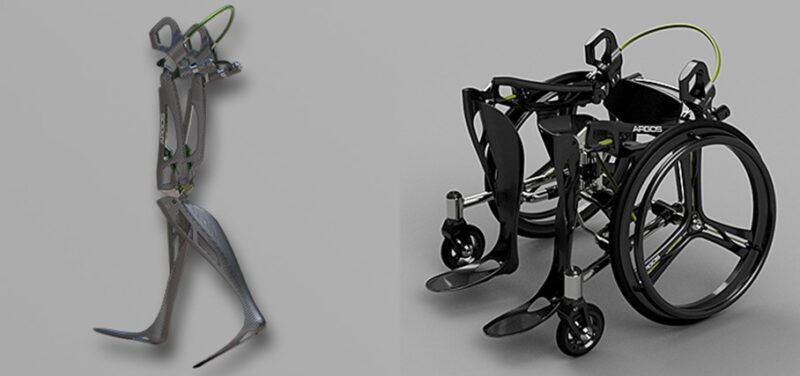
Overview
While the use of carbon fiber reinforced plastics (CFRP) is expanding rapidly, there are still many issues in manufacturing complexity, material costs, and molding requirements that need to be addressed. In this issue, we will focus on examples of CFRP development using 3D printers.
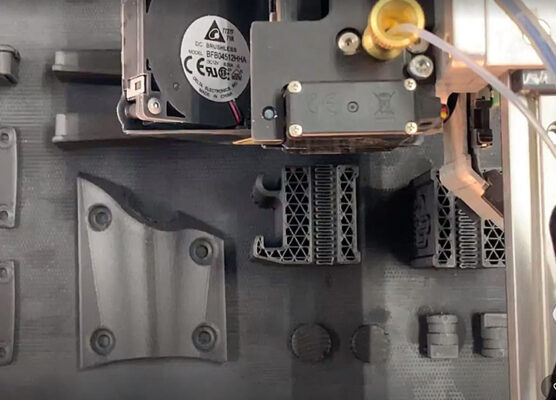
CFRP Characteristics
CFRP is distinguished by “lightweight, strong, and non-corrosive” characteristics.
CFRP Manufacturing Methods
Although CFRP has various advantages, what manufacturing methods are utilized?
In this section, we will focus on two key topics: 1) Autoclave Molding as the leading molding technique, and 2) Prepregs, the core CFRP material used in Autoclave Molding.
Carbon & CFRP Autoclave Molding?
Prepregs: What are CFRP Prepregs?
CFRP Production and Development Using 3D Printers
If you read our previous articles, you already be aware of the manufacturing complexities and mold requirements involved. In this section, we will look at the development of 3D printers capable of continuous carbon fiber manufacturing using our C-FREX orthotic brace as an example. The C-FREX is a long leg brace exoskeleton that we developed for people with spinal cord injuries.
About the C-FREX
C-FREX stands for Carbon-Fiber Reinforced Exoskeleton, a long-leg orthotic brace that leverages CFRP’s advantages to better aid people with spinal cord injuries. The development spanned from 2014 to 2021 in collaboration with the Research Institute of the National Rehabilitation Center for Persons with Disabilities (NRCD, Japan). The C-FREX is a breakthrough CFRP-based orthotic device designed to augment walking mobility and maintain physical functions in people with spinal cord injuries by enabling a similar gait to that of an able-bodied person without the use of external power.
Made-to-Order and Custom Devices
The primary factor prompting our use of 3D printers was the massive financial, human, time, and resource strain of made-to-order and mass-customization methods, where molds must be individually manufactured for general users. Such burdens increase the users’ costs, thereby limiting our production capacity.
Accelerating the Development PDCA Cycle
Development of the C-FREX meant we had to circulate through the development cycle—conceptual design, structural design, prototyping, and user testing—as quickly as possible. Even though we fabricated CFRP-use molds, created the CFRP product, and conducted user testing, there were still many minor adjustments each time. Consequently, during our regular business peak periods, we had no choice but to put such time-consuming development on hold.
With progression slowing beyond what we imagined, we decided to introduce a Markforged 3D printer. This allowed us to quickly verify prototypes and accelerate development by enabling continuous production of high-strength carbon fiber without affecting our core business and at low costs.
3D Printer Component Diversification
In the end, we adopted a range of 3D-printed CFRP in all areas where the size and rigidity varied from user to user, including support sections that functioned adequately with conventionally manufactured CFRP.
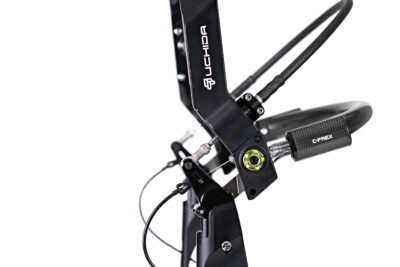
Development Completion in 2021
After eight years of development, since commencement in 2014, we successfully completed a functional prototype that fulfilled all the targeted functions. Completion was just in time for its unveiling at the Torch Relay for the Tokyo 2020 Olympic Games/Paralympic Games.

Summary
In this issue, we focused on carbon fiber reinforced plastic (CFRP) using 3D printers, referred to as 3D-printed CFRP. As an advanced material with limited available information, it is hard to get an informed insight. 3D printers still lack the same degree of freedom in design as conventionally fabricated CFRP due to limitations of shapes and resin used as a matrix. That said, we believe that future technological advances and material development will eventually replace conventional CFRPs, to some extent, and we are currently developing direct product modeling technologies alongisde jigs and tools that will further expand CFRP applications.
Related useful contents
You can explore related content by clicking on a topic of interest.
ABOUT UCHIDA - 55 years since our founding
We leverage a wealth of technical expertise as a CFRP molding and processing manufacturer using FRP, GFRP, and CFRP materials. We offer a one-stop solution, encompassing design, analysis, manufacturing, secondary processing, assembly, painting, quality assurance, and testing.
UCHIDA's equipment
We have cutting-edge equipment to ensure that we can address even the most advanced challenges of our customers.
Video Library
In the following video, we provide a detailed overview of our manufacturing process. Please feel free to watch and learn more.


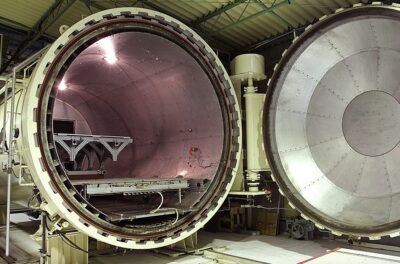
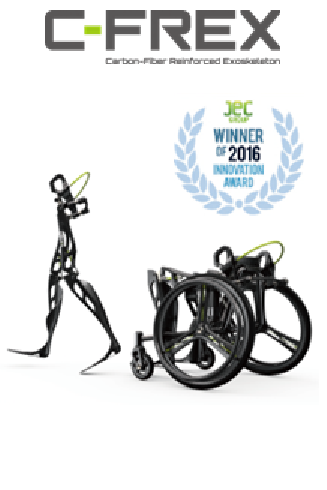
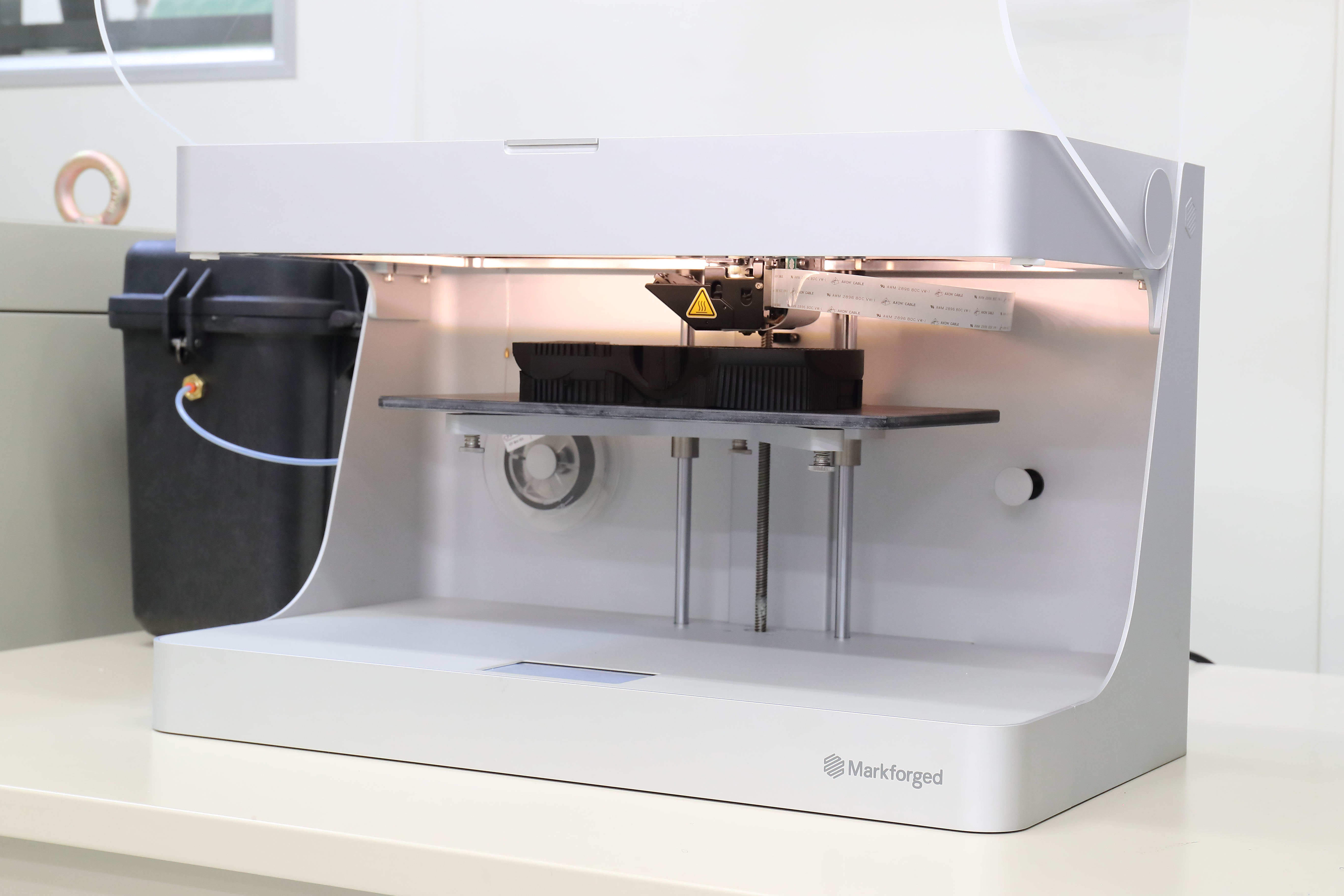
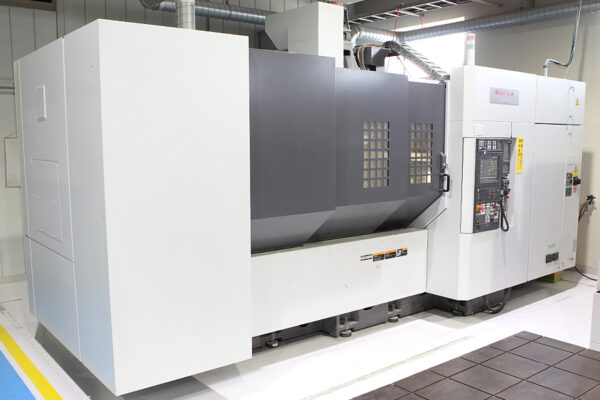
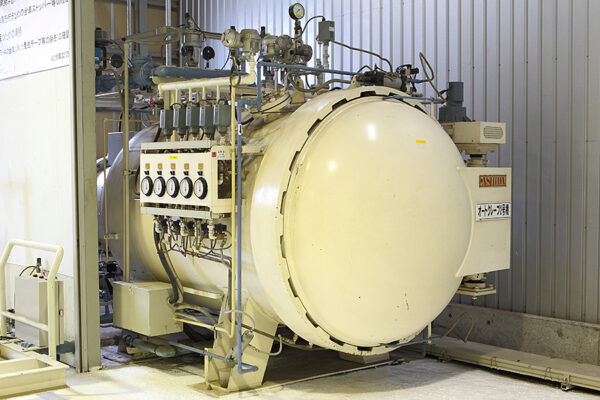
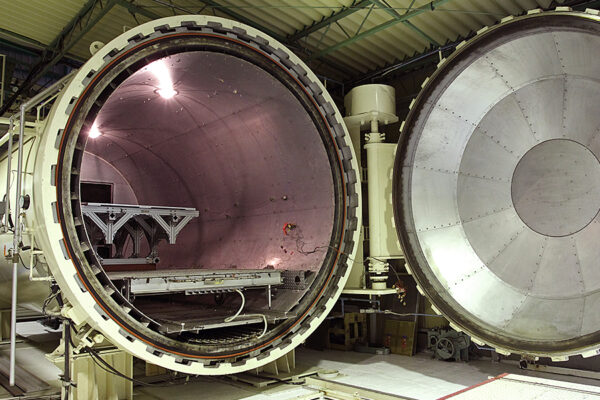
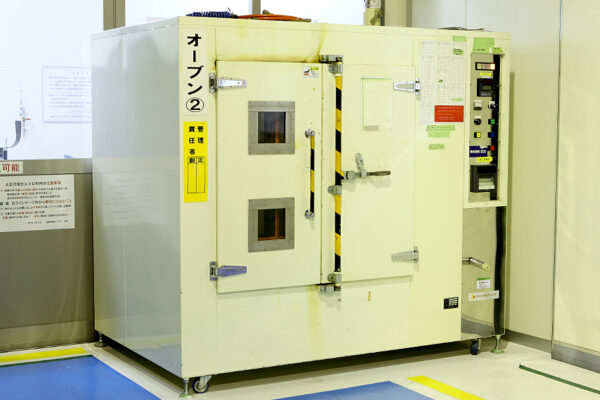
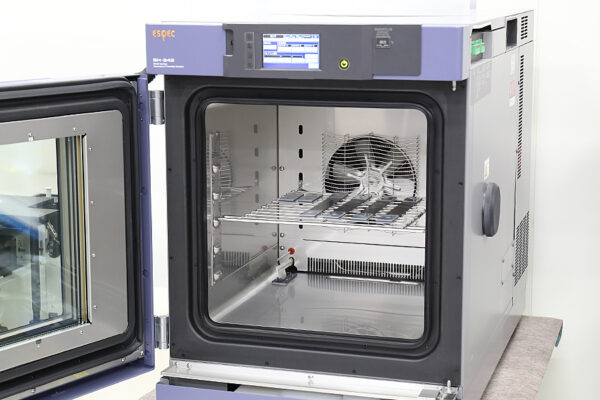
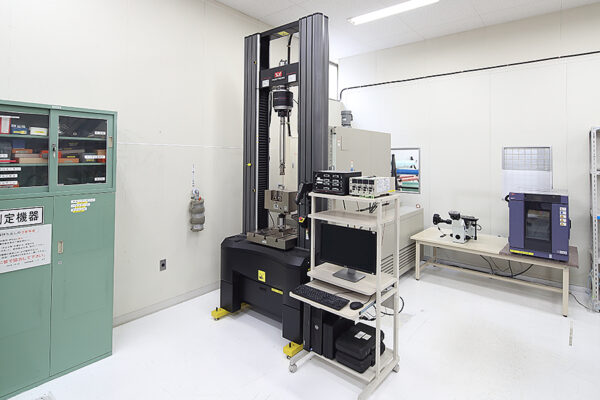
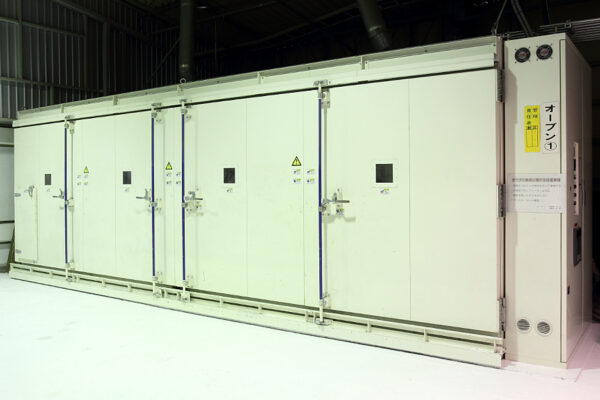
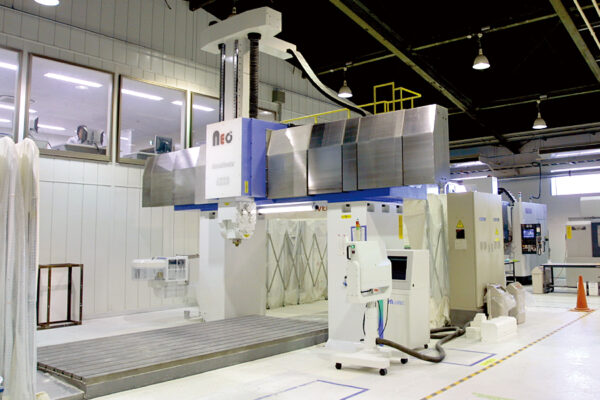
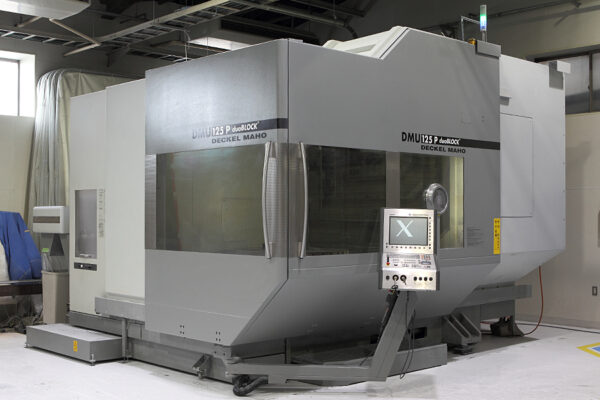
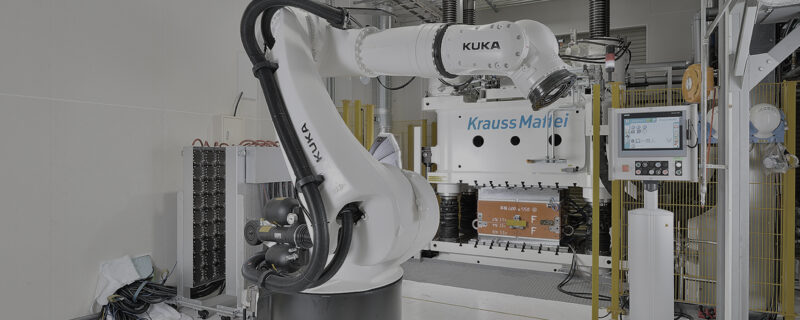
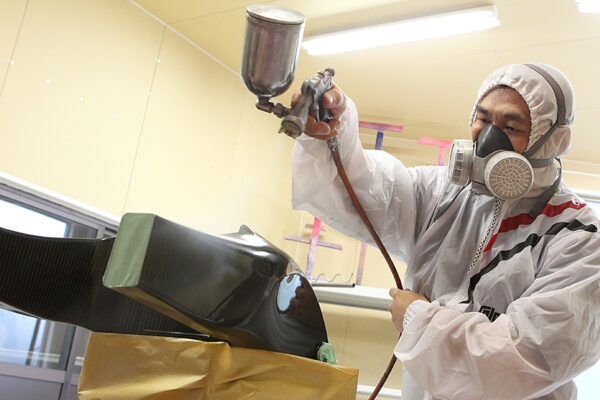
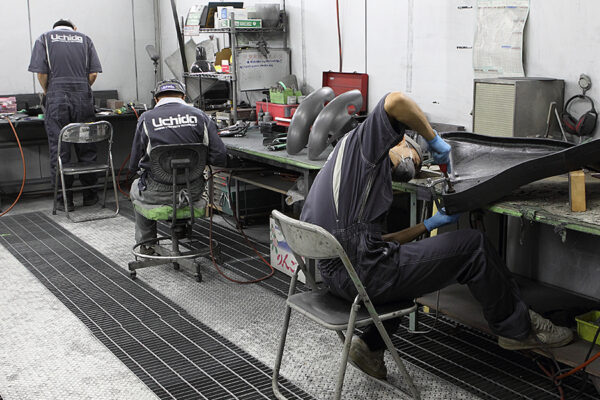
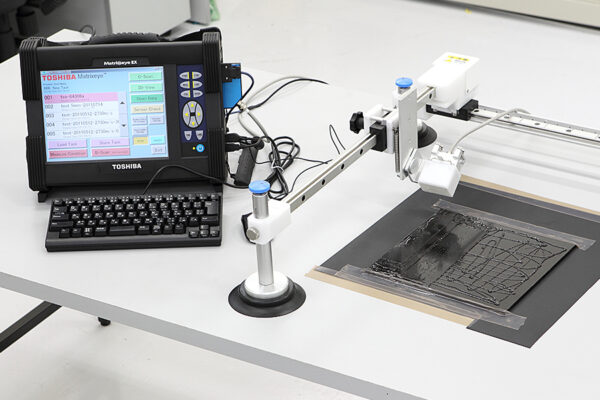
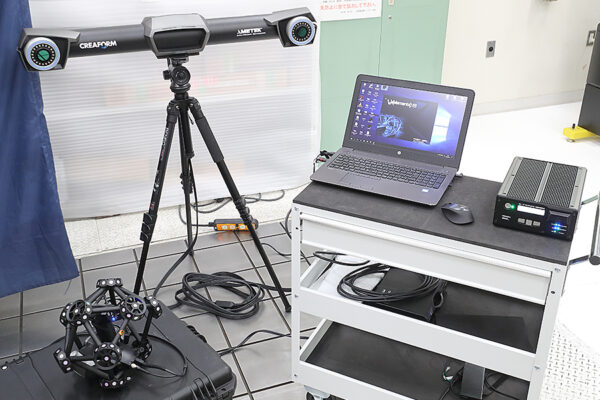
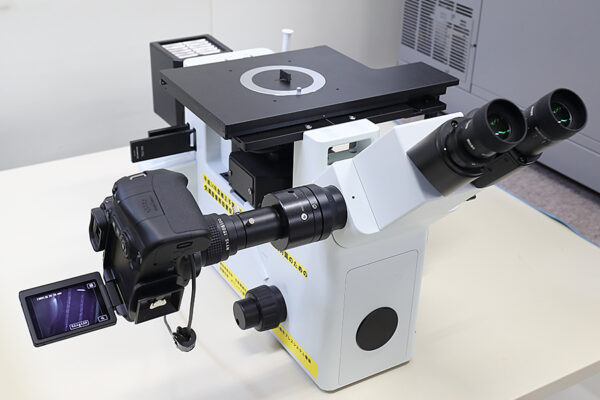
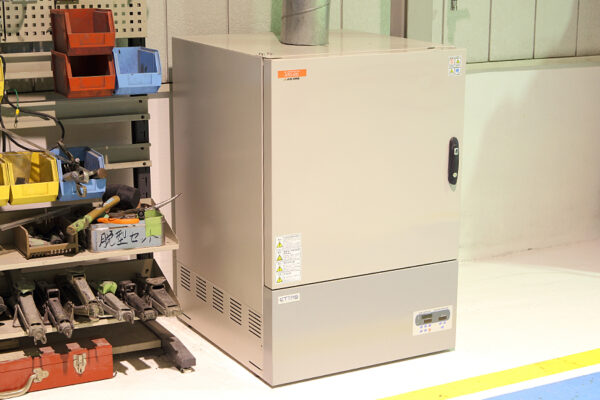
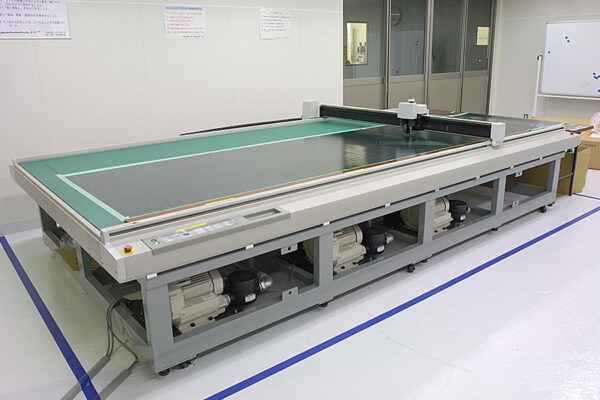
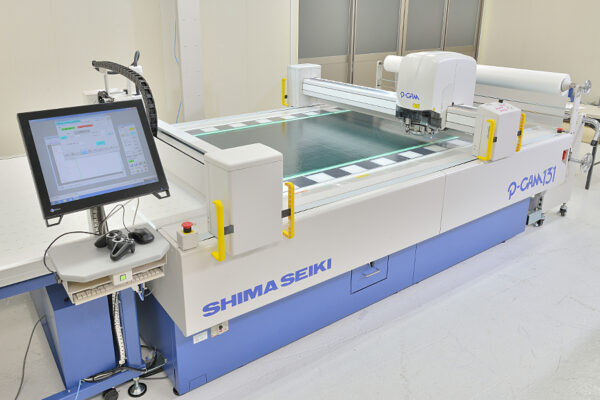
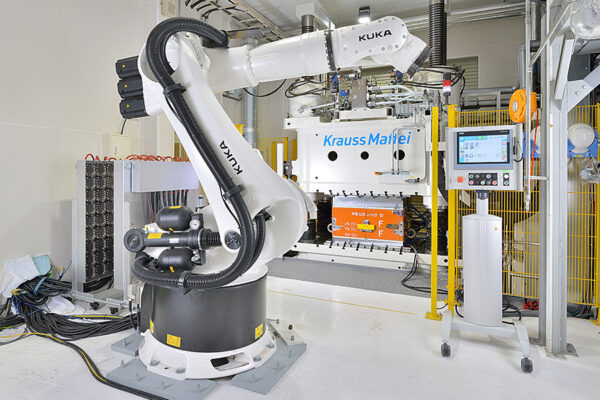
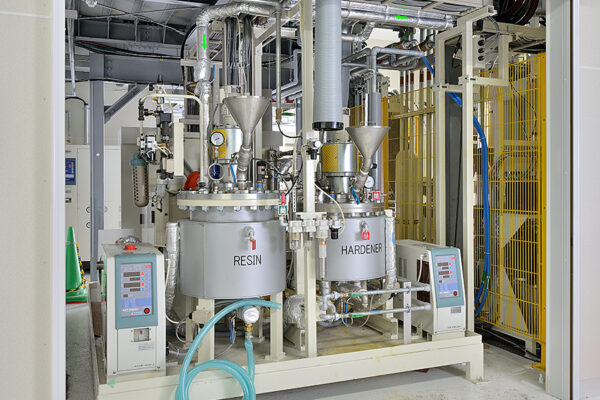
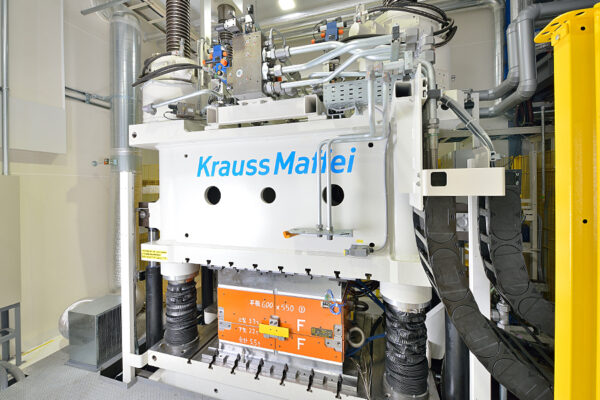
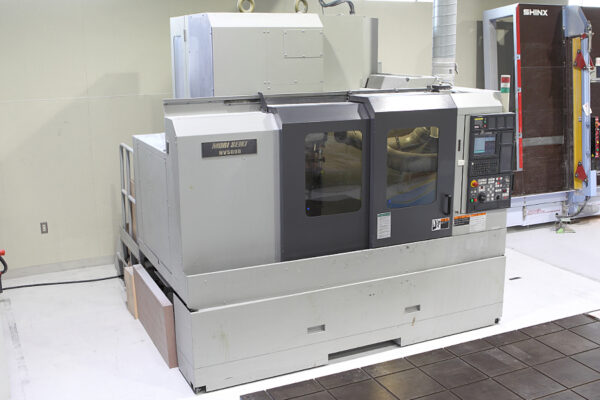
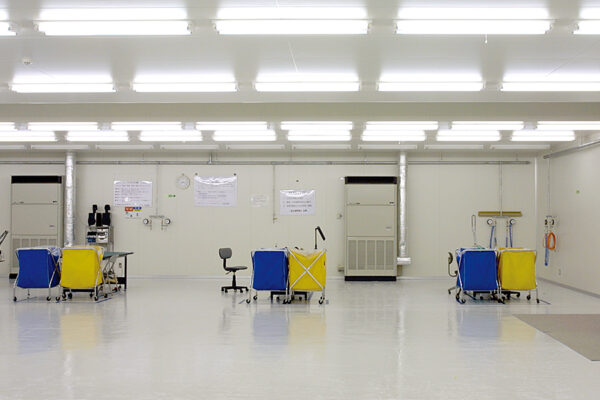
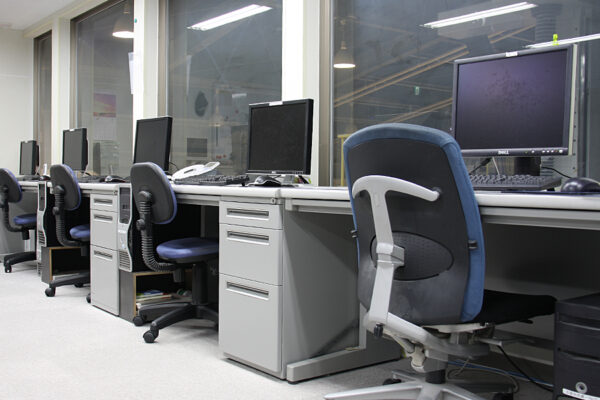
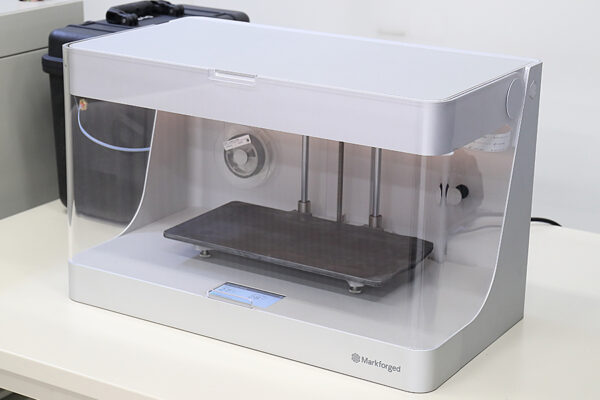
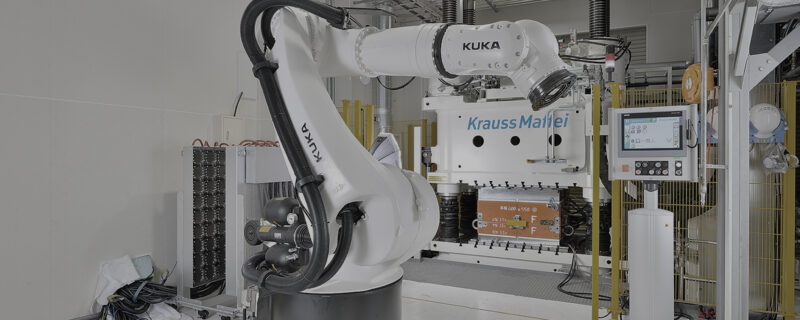

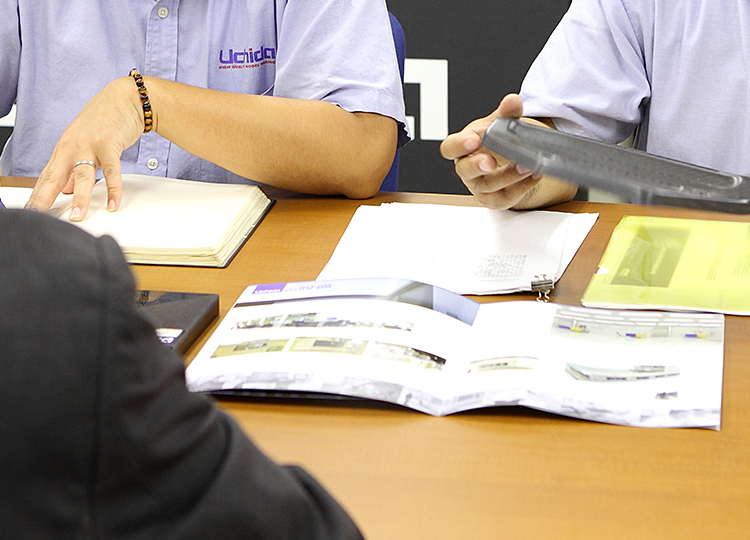
ピンバック: 【コラム】GFRPとは? | 株式会社UCHIDA
ピンバック: 【コラム】FRP・GFRP・CFRPの違いについて | 株式会社UCHIDA
ピンバック: 【コラム】SMC・C-SMC製法とは? CFRP | 株式会社UCHIDA
ピンバック: 【コラム】PCM製法とは? CFRP | 株式会社UCHIDA
ピンバック: 【コラム】オーブン成形とは? CFRP | 株式会社UCHIDA
ピンバック: 【コラム】炭素繊維とカーボンの違いについて | 株式会社UCHIDA
ピンバック: 【コラム】複合材料 メリット デメリット | 株式会社UCHIDA
ピンバック: 軽量化のメリット『FRP・GFRP・CFRP』【コラム】 | 株式会社UCHIDA
ピンバック: 軽量化手法『FRP・GFRP・CFRP』【コラム】 | 株式会社UCHIDA